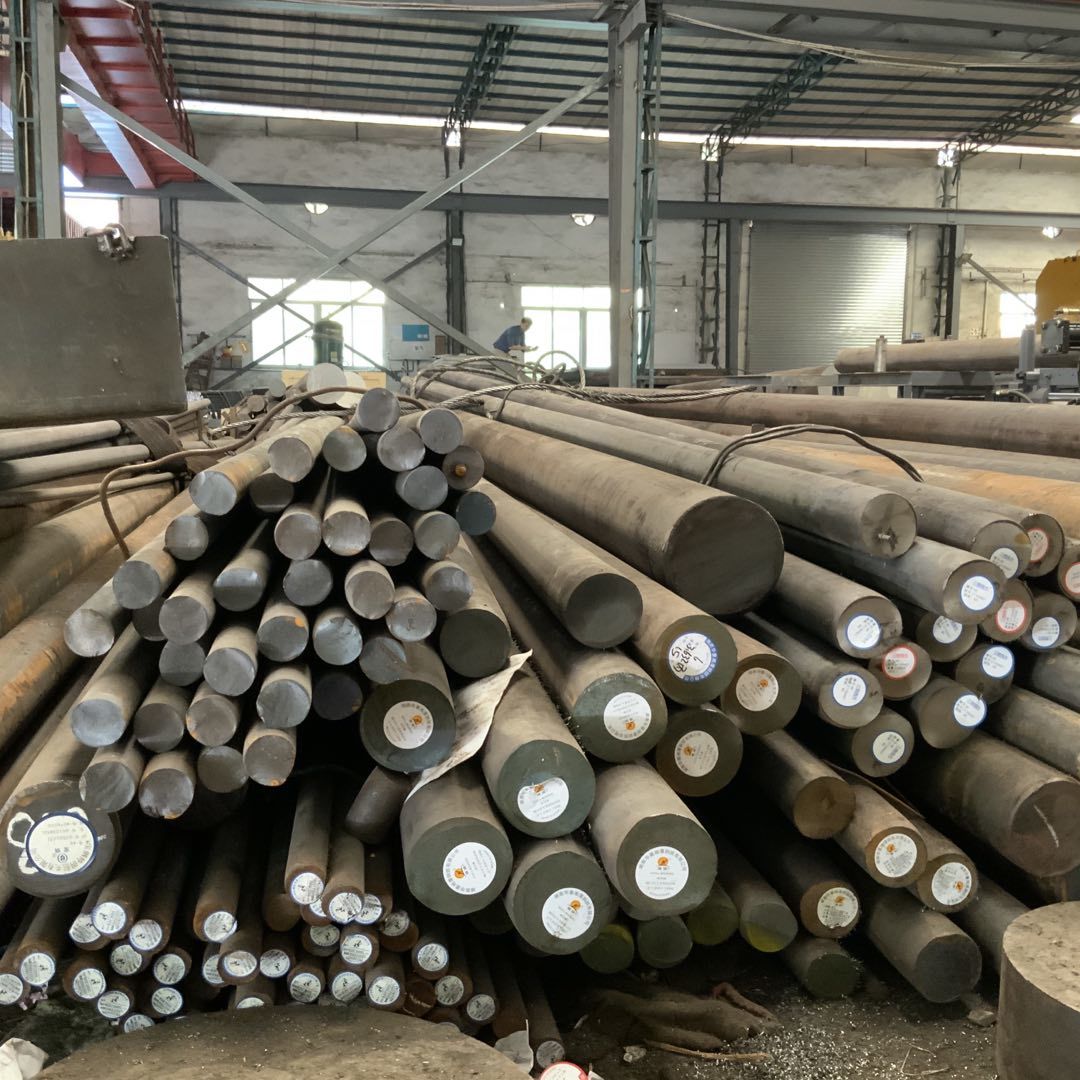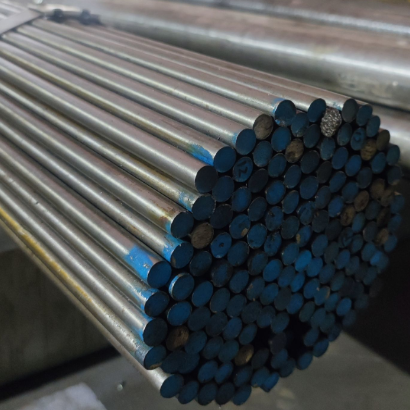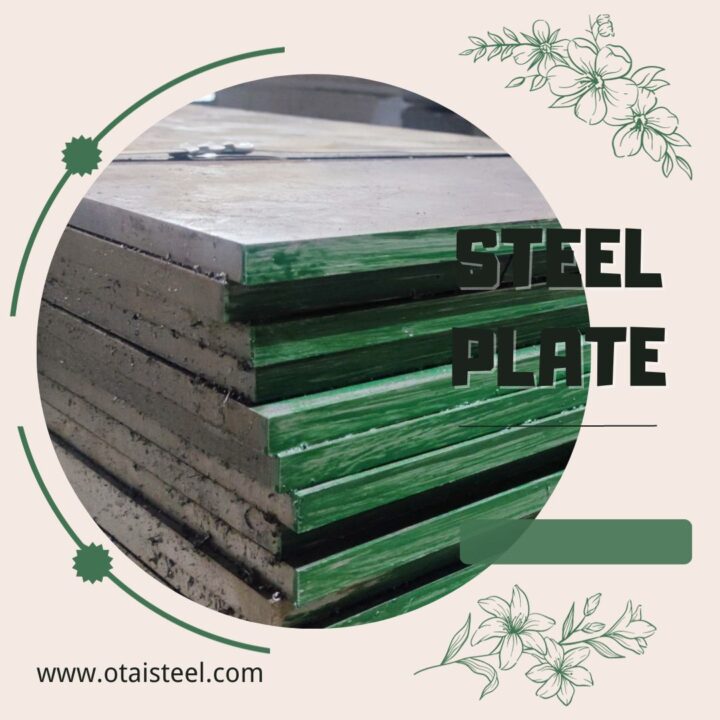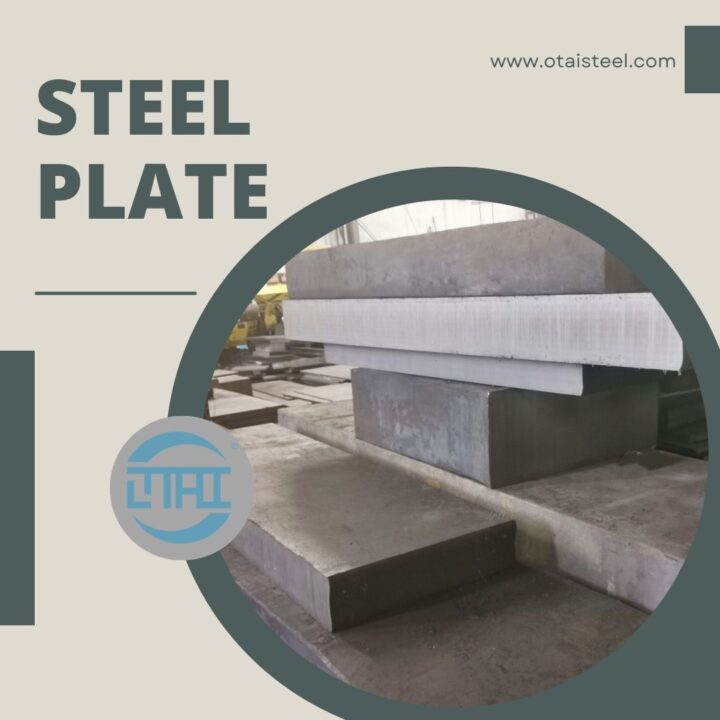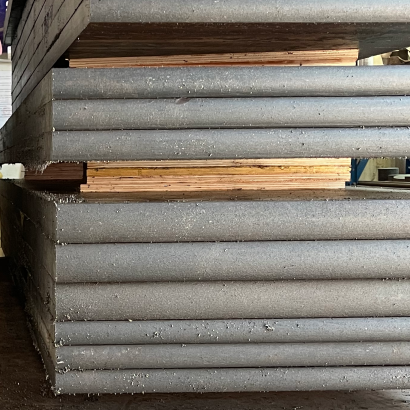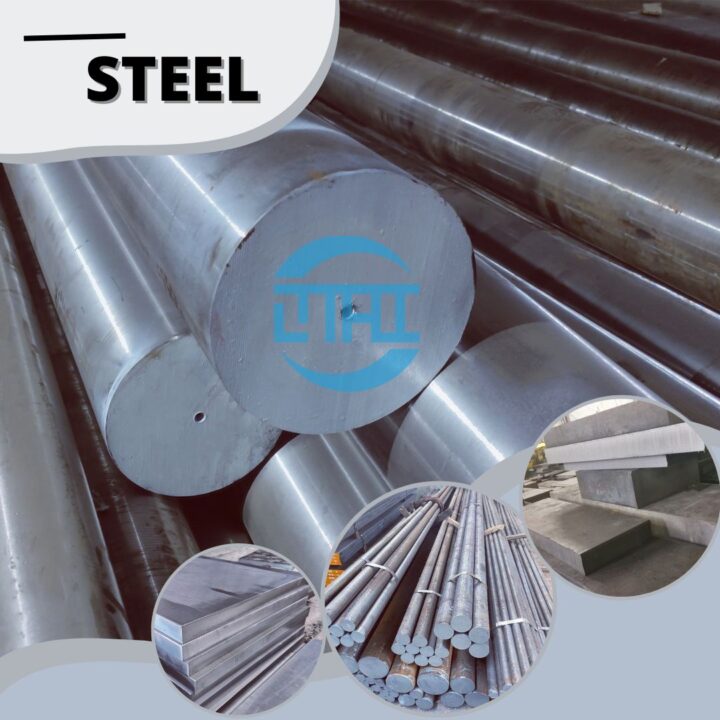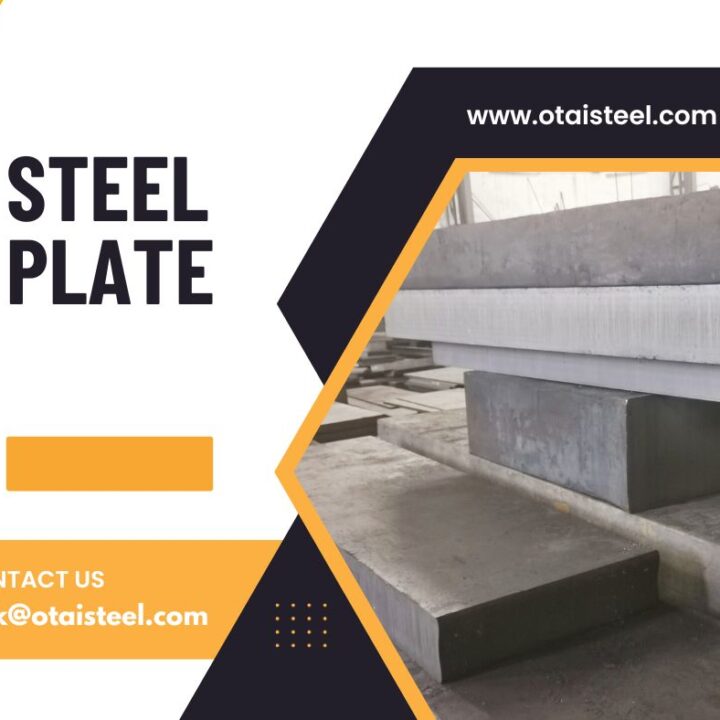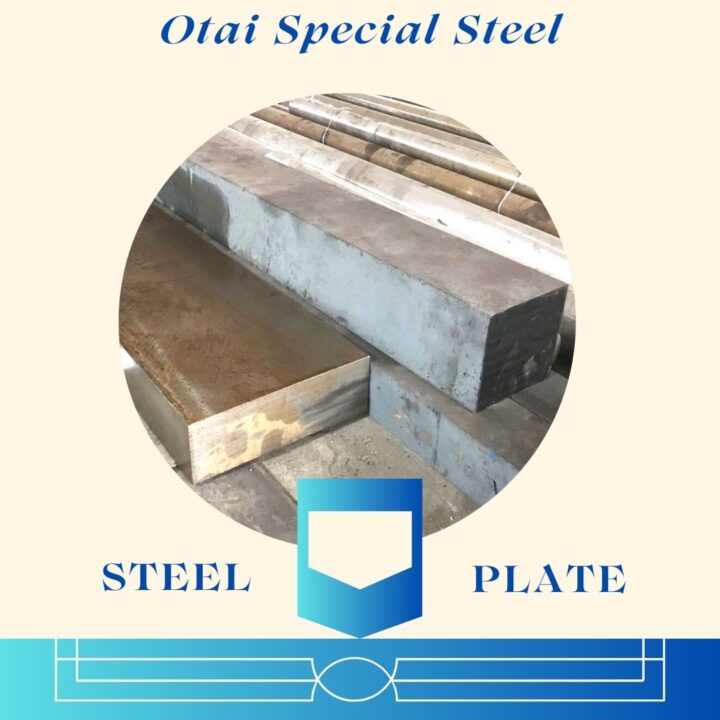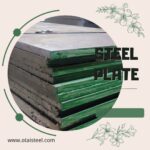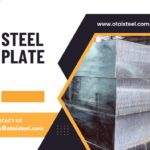Before we dive into the welding process, let’s acquaint ourselves with 4340 steel. This alloy, consisting of chromium, nickel, and molybdenum, stands out for its robustness and versatility. Commonly used in aerospace applications, automotive components, and heavy-duty machinery, sae 4340 steel is celebrated for its high tensile strength, impact resistance, and fatigue endurance.
Welding 4340 Steel: The Artistry Unveiled
Welding 4340 steel demands a delicate balance of technical prowess and artistry. The process involves the fusion of separate components, ensuring a bond that not only withstands mechanical stresses but also preserves the inherent qualities of the alloy. Here are key considerations when engaging in the welding dance with 4340 steel:
- Pre-weld Heat Treatment: Given the alloy’s complex composition, pre-weld heat treatment is often recommended to alleviate stress and enhance the weldability of 4340 steel. This step primes the material for the welding process, ensuring a strong and durable bond.
- Post-Weld Heat Treatment: The art of welding extends beyond the fusion point. Post-weld heat treatment is often employed to restore the mechanical properties of the alloy, particularly its hardness and strength. This step ensures that the welded joint possesses the same resilience as the parent material.
- Controlled Cooling: Precision in astm 4340 steel lies not only in the heat applied but also in the controlled cooling process. Rapid cooling can lead to the formation of brittle structures, jeopardizing the integrity of the welded joint. A meticulous approach to cooling is, therefore, essential for preserving the alloy’s toughness.
Challenges in the Welding Arena: Cracking and Distortion
While 4340 steel flat bar presents itself as a formidable ally, challenges in the welding arena are not unheard of. The risk of cracking, particularly during rapid cooling, demands a judicious approach. Additionally, distortion—alterations in the shape of the welded components—requires careful consideration, often mitigated through controlled welding parameters and well-thought-out procedures.
Why Choose 4340 Steel for Welding?
The choice of 4340 steel for welding is not arbitrary. Its exceptional combination of high tensile strength, impact resistance, and fatigue endurance makes it a preferred material in applications where precision and reliability are non-negotiable. Whether in the aerospace industry or heavy machinery, the weldability of 4340 steel contributes to the overall integrity of the fabricated structures.
Navigating the Welding Landscape with OTAI
In the quest for precision, the choice of a reliable supplier becomes crucial. OTAI, a leading entity in the steel industry, stands out as a dependable source for 4340 steel. Collaborating with industry giants, OTAI brings forth a commitment to quality and expertise. Their vast experience ensures a seamless supply of 4340 steel, setting the stage for successful welding endeavors.
Customer Testimonials: Real Stories, Real Trust
Let’s take a moment to explore the experiences of engineers who have ventured into 4340 steel bar with OTAI. From aerospace engineers to automotive craftsmen, the stories resonate with a common theme – a reliable source that understands the intricacies of 4340 material, ensuring that precision is not compromised in the welding process.
